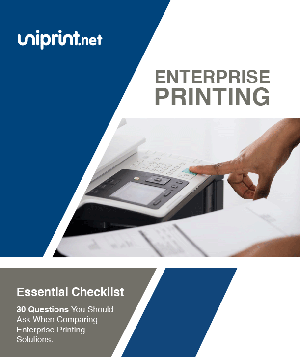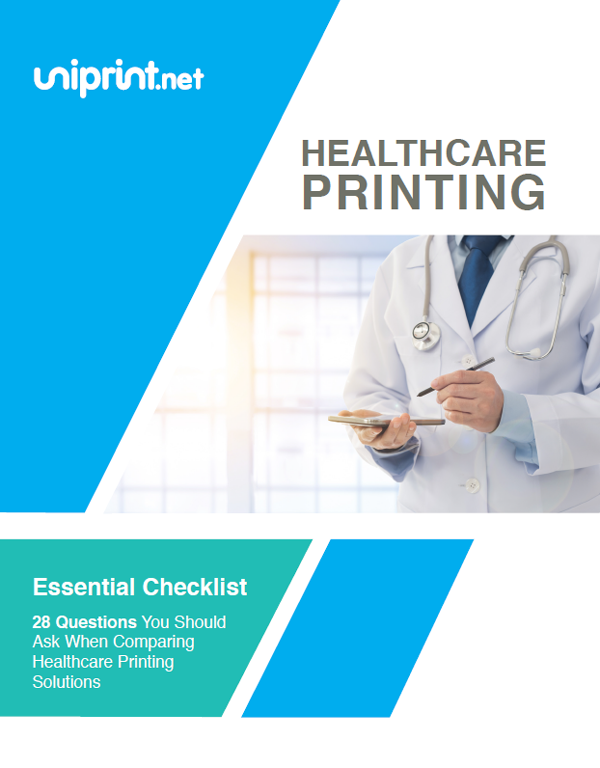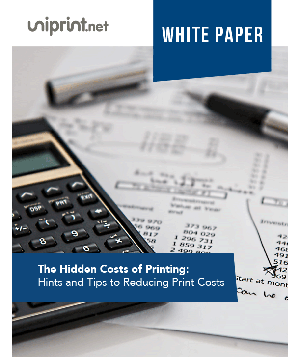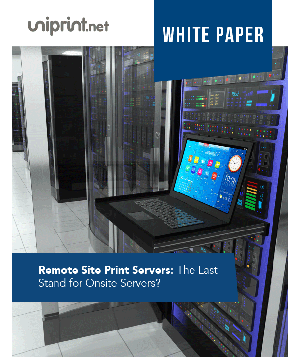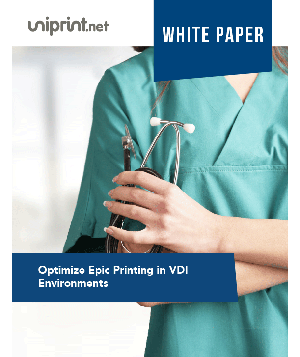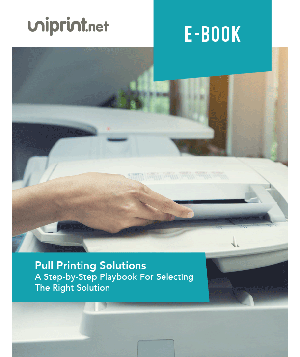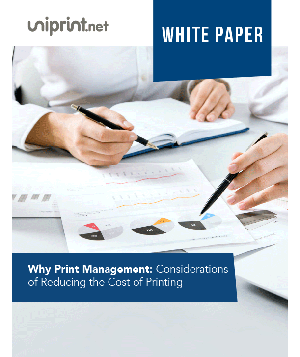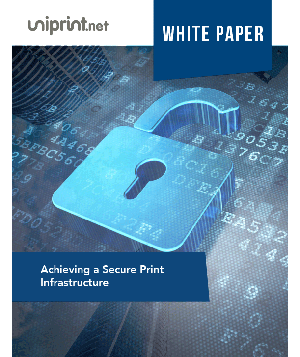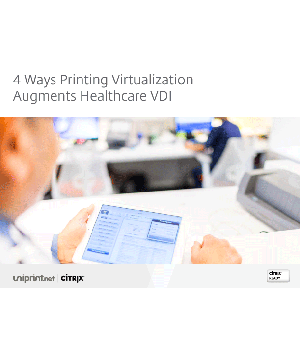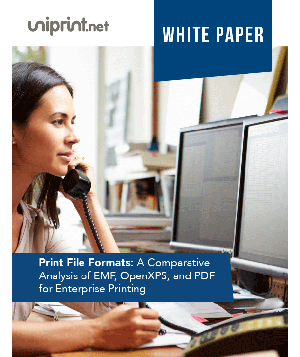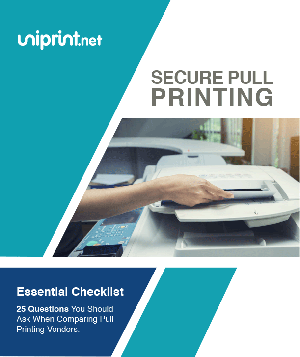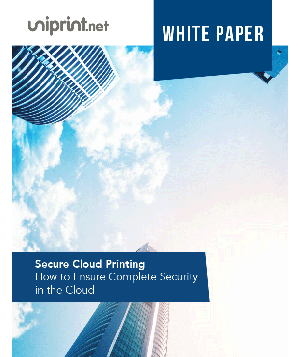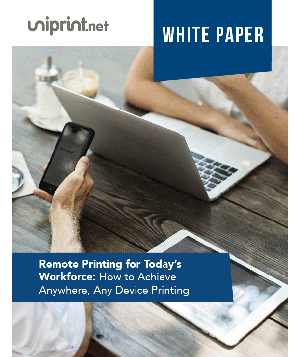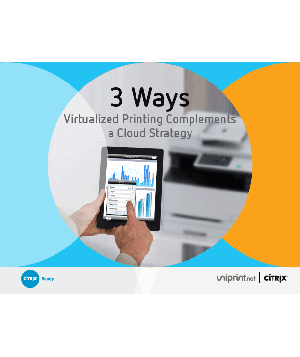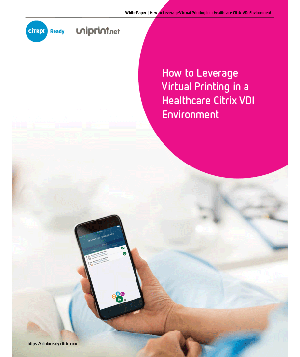Safe Harbor Compliance in Healthcare Printing: What you Need to know
Safe harbor compliance
Sensitive healthcare data is more vulnerable today than ever before. Personal medical records, social security numbers, corporate trade secrets are all stored, used and transmitted online through networked devices.
This overflowing stream of patient data presents hackers with an increasing wide range of opportunities to steal and sell intellectual property.
Healthcare organizations are also at risk from internal threats. A disgruntled employee can expose confidential data even faster than a hacker if there are not adequate safeguards in place to prevent security breaches.
What is safe harbor data protection?
Safe harbor is an agreement between the US department of Commerce and the European Union that regulated the way US companies could export and handle the personal data of European citizens.
The overall goal of safe harbor is to provide a single set of data protection requirements for transferring data across the borders of counties who join the safe harbor agreement.
This agreement requires healthcare organizations that collect personal data to:
- Inform patients that their data is being gathered
- Tell patients what will be done with it
- Obtain permission to pass their data onto a third party
- Allow patients access to the data gathered
- Ensure data integrity and security
- Provide a way to enforce compliance
Safe harbor compliance and security is important, but it also shouldn’t come at the expense of healthcare worker’s ability to complete their daily tasks.
So how do you strike the right balance between security and functionality?
Three components of safe harbor compliance in healthcare
Patient records and data needs to be protected in three ways – data at rest, data in use and data in motion. Each of these three components have their own unique security challenges.
Data at rest
Patient data at rest is when it is stored on a hard drive. In this state, patient information is primarily secured by firewalls and anti-virus programs.
However, these types of security barriers are not impenetrable. Healthcare organizations need to add additional layers of defense to protect patient data from security breaches.
Encrypting hard drives is one of the better ways to ensure your data is secure while at rest.
Interested in learning more about the challenges surrounding printing and patient data? Check out this free webinar on whether printing is putting your patient data at risk?
Data in use
Patient data in use is more vulnerable to breaches than data at rest because it is accessible to those who are using it.
This means, the more people and devices that have access to patient data, the higher the risk that it may end up in the wrong hands eventually.
They key to securing data in use is to control access as tightly as possible and to incorporate a two-factor authentication device to ensure that data is safely accessed by the right user.
With secure pull printing devices, users can easily authenticate by tapping their RFID or HID cards then create a confidential PIN code for releasing their print jobs.
Secure pull printing eliminates the possibility of print jobs lying around in printer trays or being picked up by unauthorized users.
Healthcare organizations also need to be able track and report relevant information so that they can detect unusual behavior, diagnose potential threats and proactively improve their security.
Deploying a printing statistics and archiving module allows you to see who prints what, when, where and how. It also enables the archiving of all print jobs as PDFs in your database for record keeping.
This is especially valuable if your healthcare organization must comply with safe harbor compliance.
Data in motion
Patient data is at its most vulnerable state when in motion. Therefore, protecting information in this process requires specialized capabilities.
When you print a document, it typically takes a long journey through your IT network infrastructure before reaching its destination at the printer.
Anyone with the right tools can intercept your data as it moves long this path, however there are effective ways to make printing more secure.
The best way to ensure that your print data remains confidential is to transmit them through a strong encryption scheme that integrates with your existing networks and workflows.
This provides your network infrastructure with end to end encryption, ensuring safe harbor for your patient data.
Get started
There is a long list of growing healthcare organizations that have learned the hard way about safe harbor compliance and data security.
Upholding the highest level of quality and compliance in healthcare is one of the most important aspects of building patient trust and preventing security breaches.
Safe harbor compliance healthcare organization have a solid platform from which to deliver their services that have greater positive impact on their patients and healthcare.
Take action today to ensure your organization does not end up on this list.
You might also be interested in:
Finding a hospital print management solution
Healthcare print management can save more than just time
How to leverage virtual printing in your healthcare environment
Try UniPrint InfinityCloud
Whether you are printing at the office or at home, UniPrint InfinityCloud is the cloud printing solution of choice for your organization.
Recent Posts
- 10 Ways Cloud Print Management Can Increase Security to Prevent Data Loss and Increase Productivity
- Serverless Printing 101: A Beginner’s Guide to Going Server-Free with Print
- Cloud Printing Management: The Secret to Fewer Help Desk Tickets
- Why Should You Outsource Printing Management? A Comprehensive Overview
- How Cloud Print Management Prevents Print Server Vulnerabilities
- Is Printing Dead?
- How InfinityCloud Outshines Microsoft Universal Print in 2024
- How the Cloud Print Management Software Drives Sustainable Business Practices
- How Cloud Print Management Enhances Your Network Security
- How to Enhance Remote Work Experience with Secure Serverless Printing
- See All



